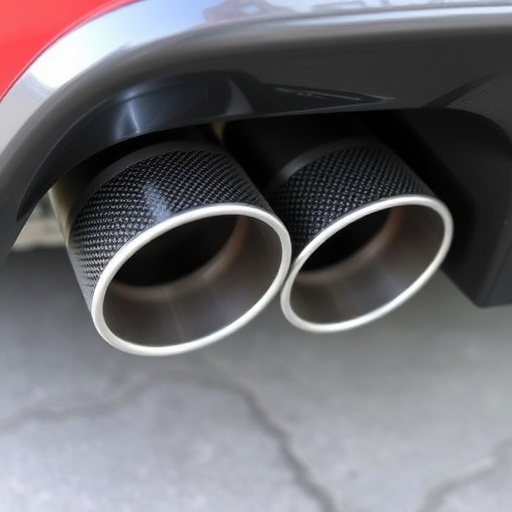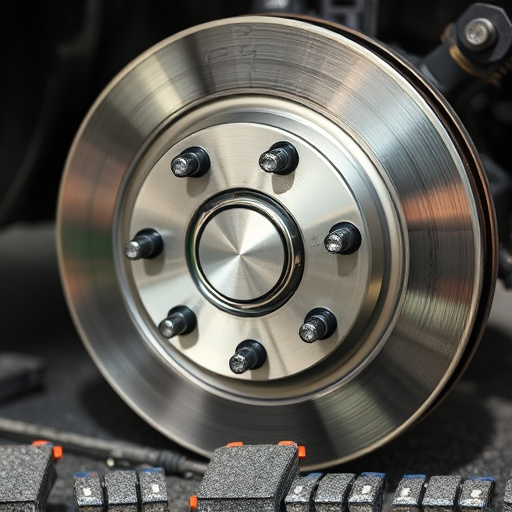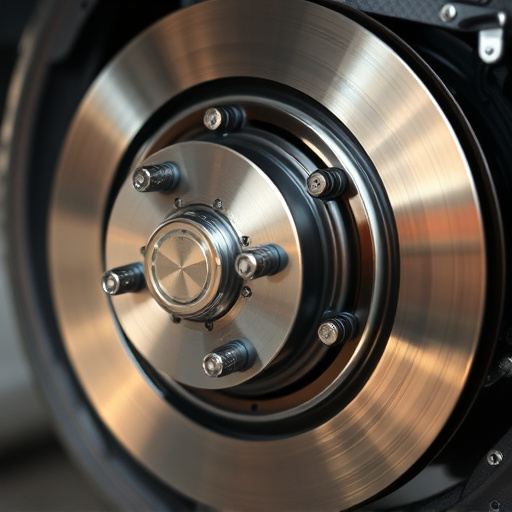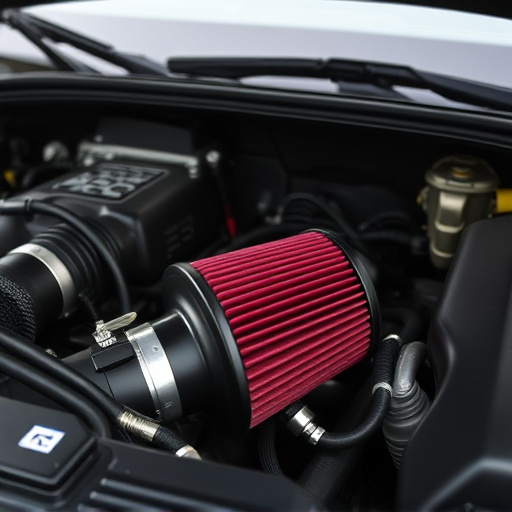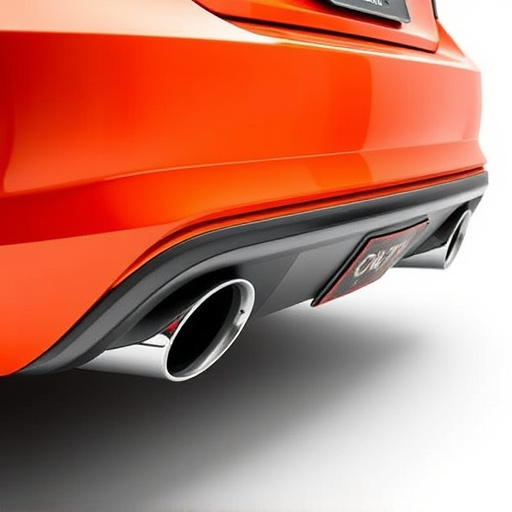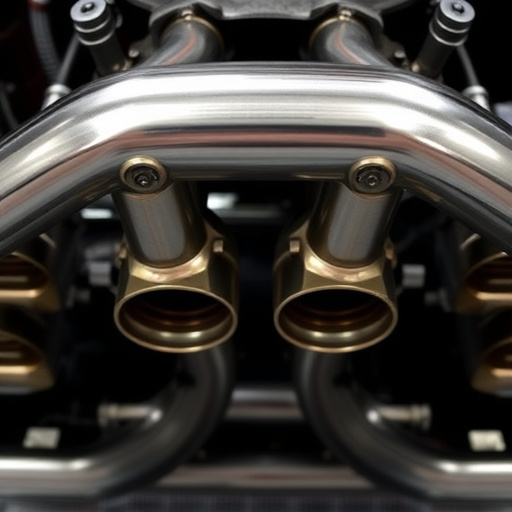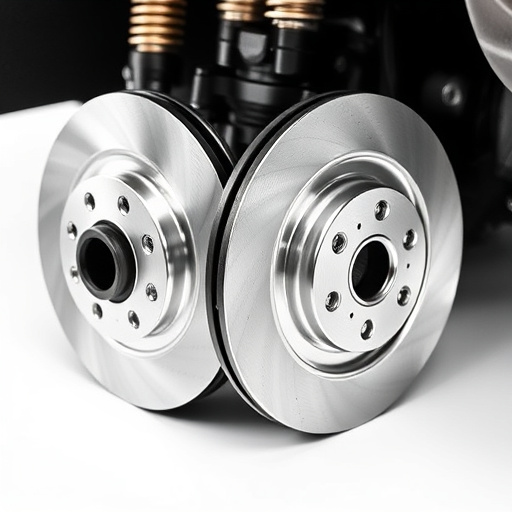Catalytic converters are vital for modern vehicles, filtering toxic exhaust gases into less harmful substances while meeting environmental standards. Regular replacement is crucial for optimal vehicle performance and safety, with genuine, high-quality parts essential to prevent environmental risks and ensure adherence to emission norms. When replacing converters, consider compatibility with the car's system, especially with advanced technology, alongside other critical components like suspension and brakes.
In today’s world, identifying fake catalytic converter replacement components is a crucial step in ensuring vehicle safety and environmental compliance. Catalytic converters are vital for reducing harmful emissions from vehicles, making their genuine parts indispensable. This article guides you through understanding these essential components, recognizing red flags for fakes, and providing practical tips to ensure the legitimate purchase of catalytic converter replacements. By following these steps, drivers can navigate the market with confidence, knowing their choices contribute to a cleaner environment.
- Understanding Catalytic Converters and Their Importance
- – What are catalytic converters?
- – Their role in vehicle emissions control
Understanding Catalytic Converters and Their Importance
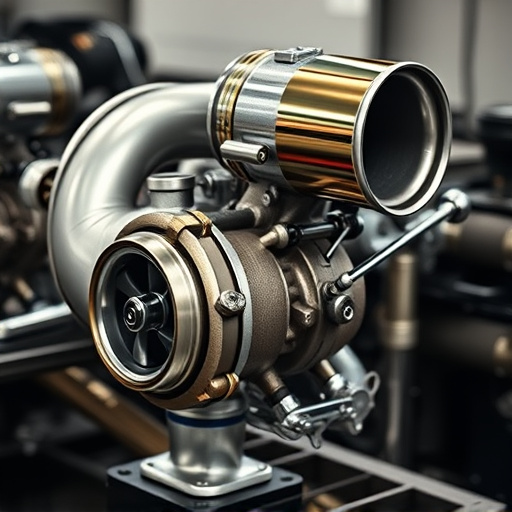
Catalytic converters play a vital role in modern vehicles’ exhaust systems, acting as a crucial filter that reduces harmful pollutants and emissions. These components are designed to transform toxic gases into less harmful substances, ensuring cleaner air quality and adhering to environmental standards. When considering a catalytic converter replacement, understanding its purpose is essential. Not only do they contribute to environmental protection but also play a significant role in vehicle performance and efficiency.
A well-functioning catalytic converter optimizes engine performance by facilitating the chemical reaction that converts harmful gases into water, carbon dioxide, and nitrogen. This process prevents toxic substances from entering the atmosphere, ensuring a healthier environment. Additionally, maintaining or replacing a catalytic converter alongside other essential components like performance air filters, brake pads, and suspension components can significantly impact overall vehicle health and safety.
– What are catalytic converters?
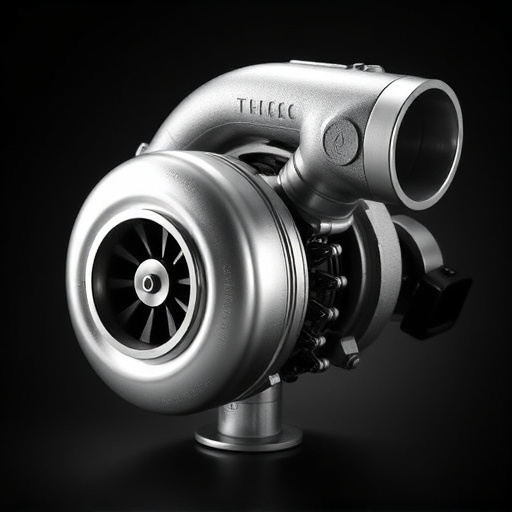
Catalytic converters are essential components of modern exhaust systems, designed to reduce harmful pollutants and noxious gases emitted by vehicles into the atmosphere. They work by facilitating a chemical reaction within their internal structure, which transforms toxic substances like carbon monoxide, nitrogen oxides, and hydrocarbons into less harmful compounds, such as water vapor, carbon dioxide, and nitrogen gas. This process plays a vital role in improving air quality and ensuring that vehicles meet environmental emission standards.
When considering catalytic converter replacement, it’s crucial to be aware of the various components that make up these critical exhaust system parts. While genuine converters are manufactured with precision engineering and high-quality materials, counterfeit or low-quality replacements may feature inferior construction, different material compositions, and deviations from industry standards. These differences can lead to performance issues, reduced efficiency, and potential environmental concerns, underscoring the importance of purchasing verified catalytic converter replacement components.
– Their role in vehicle emissions control
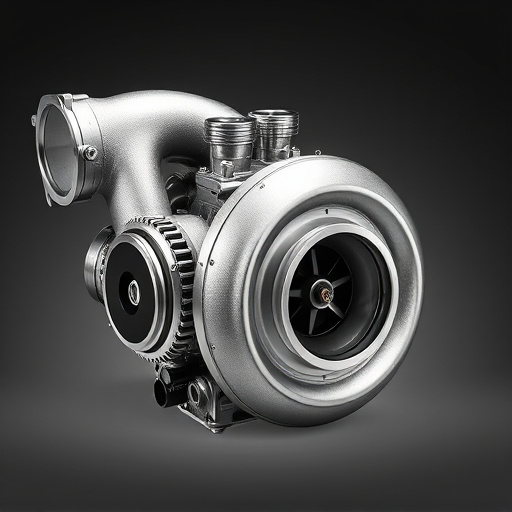
The catalytic converter, often referred to as a cat, is an essential component in modern vehicles’ emissions control system. Its primary role is to reduce harmful pollutants and gases emitted from the exhaust system, transforming them into less toxic substances. This process is crucial for maintaining air quality and minimizing environmental impact. A genuine catalytic converter replacement part is designed to efficiently catalyze chemical reactions within the exhaust stream, breaking down carbon monoxide, nitrogen oxides, and hydrocarbon emissions into safer compounds like water vapor, nitrogen, and carbon dioxide.
When considering a catalytic converter replacement, it’s not just about swapping out an old part; it involves ensuring that the new component aligns with your vehicle’s specific requirements. This is especially important as modern cars have sophisticated emission control systems integrated with various sensors and computers. The compatibility of replacement parts, including suspension components, brake pads, and muffler tips, plays a vital role in maintaining optimal performance and regulatory compliance.
When considering a catalytic converter replacement, it’s crucial to stay vigilant against counterfeit or inferior components that could undermine your vehicle’s emissions control system. By understanding the importance of these parts and being aware of common indicators of fakes, you can ensure a safe and effective upgrade. Always prioritize quality and authenticity for optimal performance and environmental protection.




